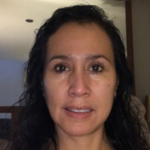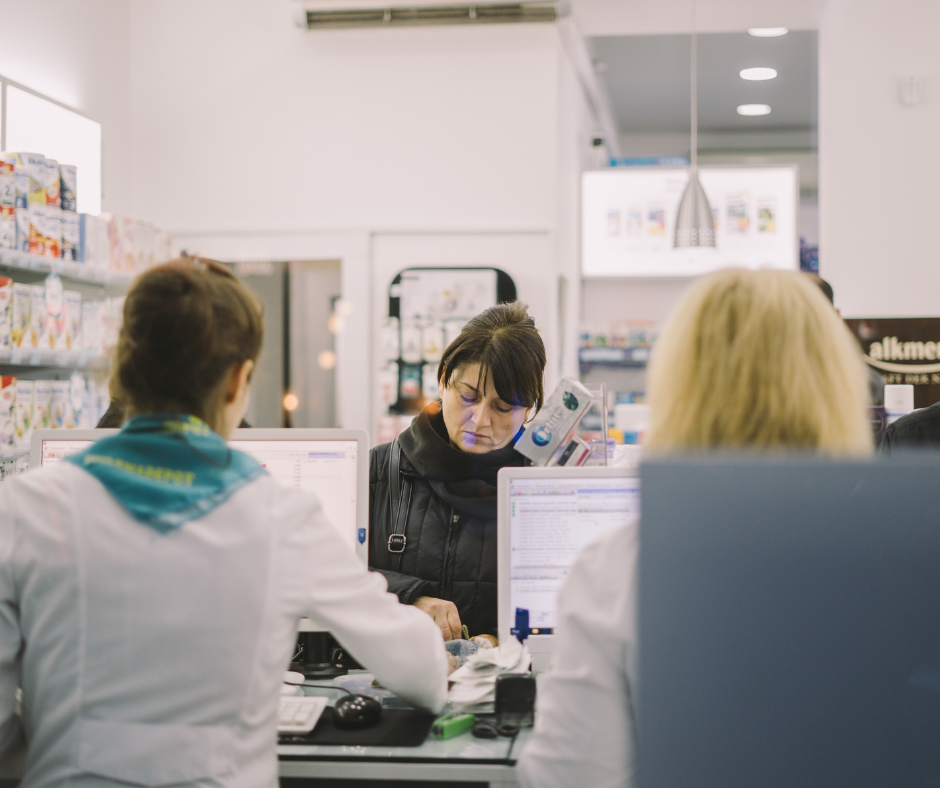Ana Begley | Feb 10, 2021 8:23:36 AM
According to recent studies, nearly 1 in 4 adults in the United States who are taking prescription medications, expressed difficulty affording their prescription drugs. After a large spike in costs in 2014, prescription drug costs are expected to represent about 10% of U.S. healthcare costs over the next six years.1
As healthcare providers, we are well aware of the correlation between therapy affordability and adherence rates. We also know the conversations around cost can be difficult, and patients often do not fully understand their health insurance plan coverage. Specialty pharmacies have taken initiatives to connect patients with funding resources and help educate them throughout the treatment process.
Most specialty pharmacies offer a Patient Assistance Program (PAP) to facilitate patient adherence to medications. Additionally, a team of specialists work with them to reduce the financial burden of therapy. To assist patients in finding funding, team members not only help identify the appropriate sources, but also guide patients through the application process.
Living with a rare or complex condition can be challenging, and piecing together each element of the treatment journey can be overwhelming for patients. With the ever-changing healthcare climate in our country, providers and specialty pharmacies need more than ever to ensure access to therapy, safely and consistently. The COVID-19 pandemic and frequent policy changes to healthcare coverage can be confusing and concerning for patients. Specialty pharmacies need to make it is a responsibility to make sure they understand the public and private funding sources available to patients.
Most specialty pharmacies also have disease management services to support the delivery of consistent, personalized treatment plans. These disease management services provide high-touch, individualized experiences designed to help patients navigate their treatment journey. Financial assistance is not exclusive to patients who are a part of these disease management programs; instead, aside from helping to alleviate cost, specialty pharmacies such are seeking to add value for all patients to make their treatment seamless.
Based on the tumor type, there are various foundations that offset the cost of these oncology medications. Due to the demand for assistance, often times these foundations can run out of funds for existing patients or are full for new patients needing to start treatment. This gives the patients more uncertainty and stress whether they can continue or begin their therapy. When this happens, the specialty pharmacy will work with patients to apply directly to the manufacturer for assistance. The oncology team is then faced with the guiding patients through this application process. Some manufacturers’ applications do not require proof of income which makes it easier and less stressful for patients seeking assistance. The manufacturers that do require proof of income or other applications can create additional barriers to patient access. These patients are not only facing the stress of dealing with their cancer, but now they must worry whether they can afford their medications.
Working with physicians and healthcare providers in collaborative programs offered by specialty pharmacies can reduce in-office responsibilities and allow clinicians and the healthcare team the time to focus on caring for the patients.
Reference
- 1. Kamal, R., Cox, C., & McDermott, D. (2019). What are the recent and forecasted trends in prescription drug spending? Peterson-KFF Health System Tracker. Retrieved from https://www.healthsystemtracker.org/chart-collection/recent-forecasted-trends-prescription-drug-spending/#item-rx-spending-as-share-of-total-health-spending_nhe-projections-2018-27

Ana Begley
RN & Triage Nurse – Abramson Cancer Center – University of Pennsylvania







